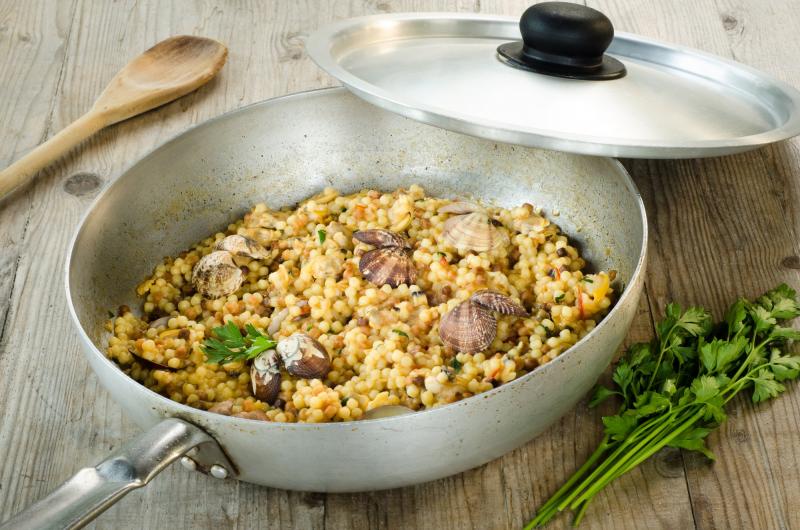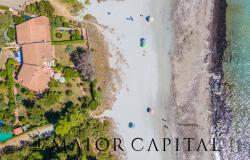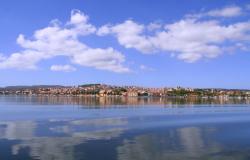In November, the Mediterranean diet became one of the first nutritional regimes to be recognized as “intangible heritage” by the United Nations. Italy, Spain, Greece and Morocco successfully campaigned to have their traditional Mediterranean foods classified by UNESCO.
Now, Sardinians are lobbying to have their specific regional recipes classified as the world’s first “longevity diet.”
The culinary traditions of Sardinia, which is in an island located about 120 miles off the coast of Italy, differ somewhat from Italian diets on the mainland. Sardinians insist that it is their diet, heavy on roast pig, lamb, red wine, milk and cheese, that makes for a long life.
The health benefits of the diet could be very real. Sardinian Cannonau, a deep red wine, has the highest level of antioxidants of any known red wine in the world. However, other Sardinian foods may be an acquired taste. The diet is high in protein from grass-fed cheeses. A local favorite is casu marzu- a sheep milk cheese eaten when it is riddled with live larvae.
 Scientists argue that the Sardinian secret of longevity might have more to do with genetics than dinner table choices. The isolated and rugged terrain has helped many Sardinian communities maintain a distinct gene pool and it is possible that the favorable longevity trait is passed from generation to generation.
Scientists argue that the Sardinian secret of longevity might have more to do with genetics than dinner table choices. The isolated and rugged terrain has helped many Sardinian communities maintain a distinct gene pool and it is possible that the favorable longevity trait is passed from generation to generation.
It remains to be seen if the United Nations will award the Sardinian diet with its own place on the UNESCO world heritage list, but a possible fountain of youth is the best excuse to feast on bread, wine and cheese.
You can find the recipe of one of the most famous Sardinian desserts, the Seadas (also called Sebadas), here.








